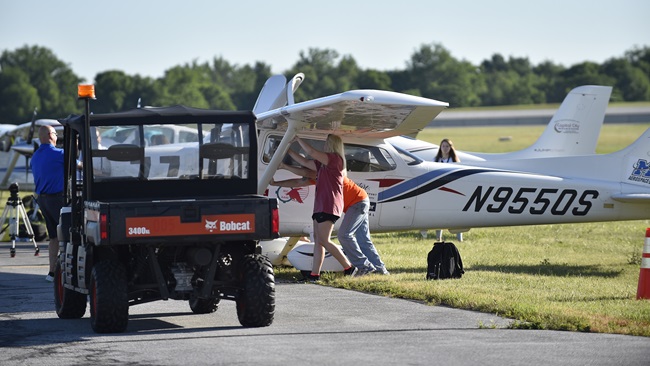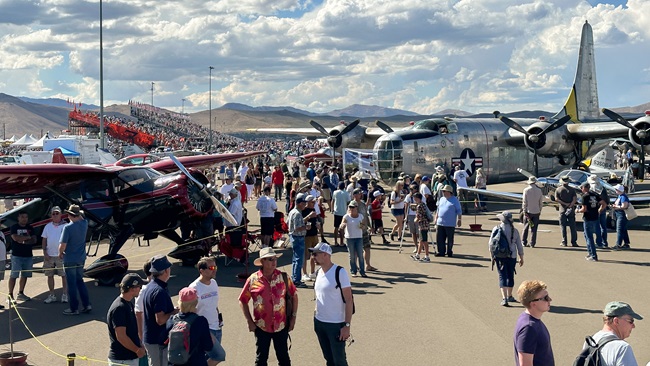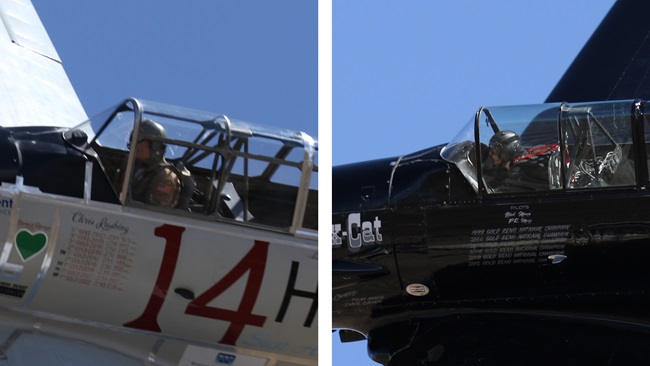Red Bull race pilots pass on dessert
Slim, in trim, and ready for 2018
Every extra pound adds one-hundredth of a second to the track time in the Red Bull Air Race World Championship series. This can lead to discussions about dessert during team dinners. As the 2018 world championship quest gets underway Feb. 2 and 3 in Abu Dhabi, United Arab Emirates, the American teams are hungry for wins, even if winning means passing on chocolate cake.
Michael Goulian and Kirby Chambliss aim to continue the progress made in a 2017 season that saw Chambliss finish fourth overall, with two race wins, while Goulian scored a podium finish in Kazan, Russia, on his way to a 28-point season. The U.S. pilots once again rely on the aerodynamic and aeronautical engineering genius of two Brazilians: Paulo Iscold, Chambliss’ tactician, and Pablo Branco, who holds the title of team coordinator for Goulian, though his job is essentially the same as Iscold’s. Both work on aircraft design and modifications, as well as data analysis, and coach the pilots during training and race weekends.
Branco said Goulian’s Edge 540 V2 was stripped down over the winter in a quest to reduce weight, due mainly to regulation changes for 2018 that will prohibit lithium-based batteries in favor of older, heavier systems (lead-acid or nickel cadmium) that are not associated with risk of thermal runaway and fire. Off came every last flake of paint, along with every bolt and fastener made of steel.
“We decided to dedicate the best part of the winter finding out ways to reduce weight on the airplane so we could accommodate the new battery,” Branco said. “By our calculations, every pound means one-hundredth of a second on the track.”
Hundredths of seconds matter in the Red Bull Air Race World Championship. Each race course is a compact series of pylon gates requiring tight turns and offering precious little margin for error. A complete run through a Red Bull course usually lasts about a minute, sometimes less, and the final standings often have pilots separated by thousandths of a second.
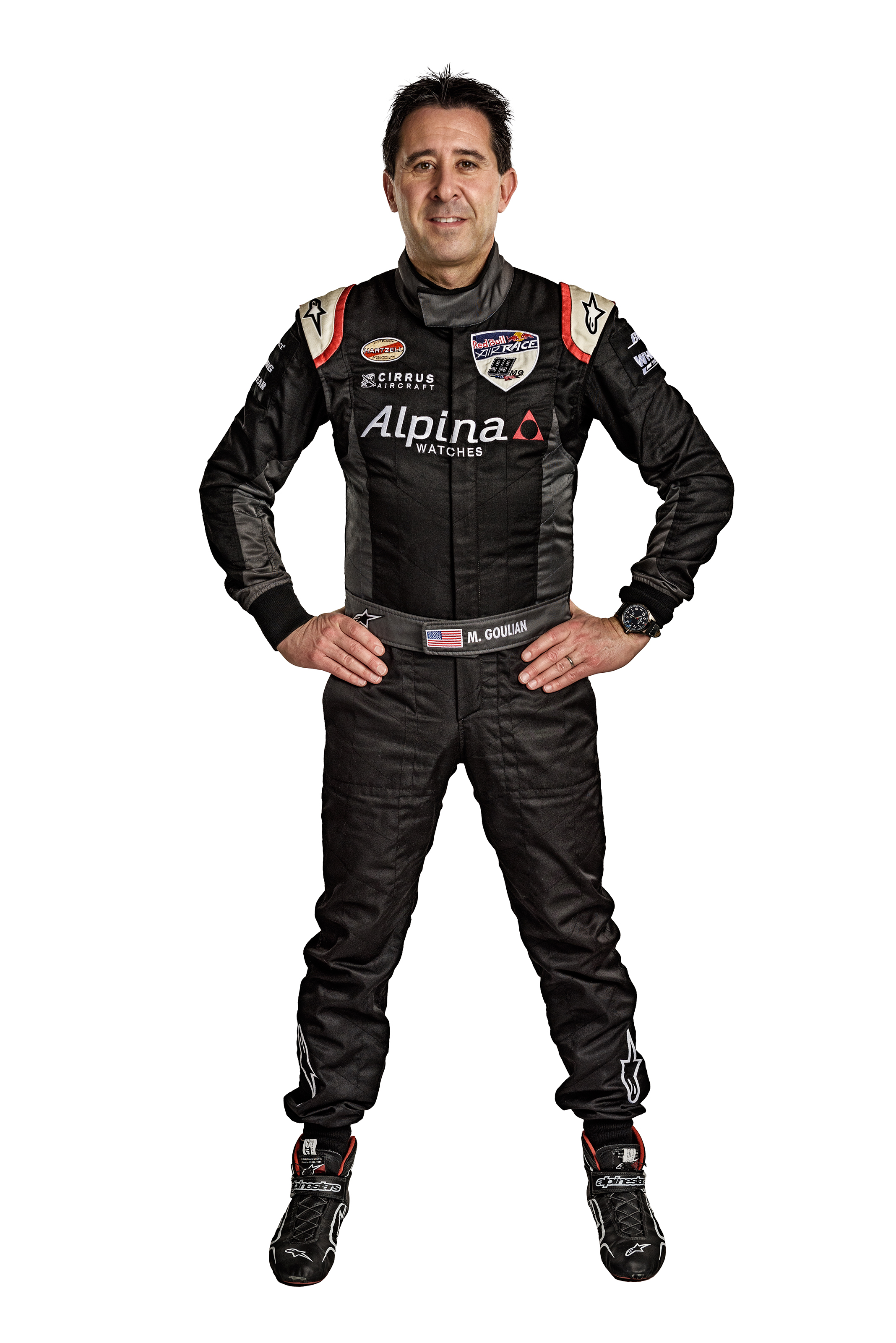
Branco said the team repainted Goulian’s race machine with lighter paint and a new type of protective coating was used. The small swath of fabric covering a portion of fuselage was replaced with pre-colored fabric, saving another couple of pounds. The cosmetic work “alone helped us save about 25 pounds, just on paint.”
Branco did not stop there.
“I reduced all of the cable runs for all of the avionics and all the electrical systems,” Branco continued. Aluminum washers, screws, and bolts replaced steel. Even Goulian’s emergency parachute got a diet, in the form of a slightly smaller canopy. One of the ratchets in Goulian’s safety harness was removed, saving more than a pound, and the total weight reduction surprised even Branco—about 35 pounds. After the No. 99 racer was weighed, Branco said he convinced the rest of the team to play a little joke on Goulian, who was not present during the initial round of high-fives.
“Guys let’s just pretend that we didn’t save any weight,” Branco recalled telling the team. They deadpanned their disappointment, Branco recalled, and veteran race pilot Goulian responded with frustration, followed by, "'Well, I’m just going to ratchet up my diet,'" the Brazilian recalled, adding, with a chuckle, that Goulian is already “super-skinny,” and in excellent physical shape.
“We reeled him in for about half an hour, and (then) we told him,” Branco said.
Iscold spoke of no such shenanigans regarding Chambliss, who is dedicated to his diet though no amount of salad will transform a body frame that is at the larger end of the curve in the 14-pilot international field. Since the teams must balance performance against requirements for minimum and maximum ramp weight, Iscold has always had weight reduction on his mind, though the Red Bull veteran (who previously served as engineer for champion Paul Bonhomme before joining Team Chambliss after Bonhomme’s retirement) said Chambliss can only get so skinny, and most if not all of the other teams enjoy some advantage with their lighter pilots. (Unlike many other athletes, Red Bull does not publish the weight or height of the racing pilots. It is worth noting, however, that many of the pilots posted recent workout photos to social media by way of announcing they are primed and ready for the season.)
Another significant off-season change Branco made was the installation of new sensors and enhancement of the data telemetry capability of the aircraft. As Goulian makes his 2018 runs, his No. 99 Edge will transmit a richer and more detailed stream of data points back to the pits, measuring temperatures, pressures, control surface position, stick position, and a wealth of other information in much the same way that Formula 1 crews collect and analyze data from cars on track, enabling mid-race adjustments.
Branco said that computer software can calculate the fastest possible trajectory through the race course, and each run can be digitized and compared to the ideal trajectory, allowing the team and pilot to identify opportunities to squeeze a little more speed out of the Edge 540.
Iscold was among the first to bring this kind of data capture and analysis to bear on Red Bull race airplanes, and noted that developing the software and systems “was a lot of work, and now, you know, everybody has the same data…. Red Bull is giving to everybody the good stuff that we have.”
Iscold said that 10 years of working with four different race pilots has given him much insight about the racing pilot’s mind, and that remains his competitive edge when it comes to knowing exactly what to tell the pilot, and what to skip in those post-flight discussions.
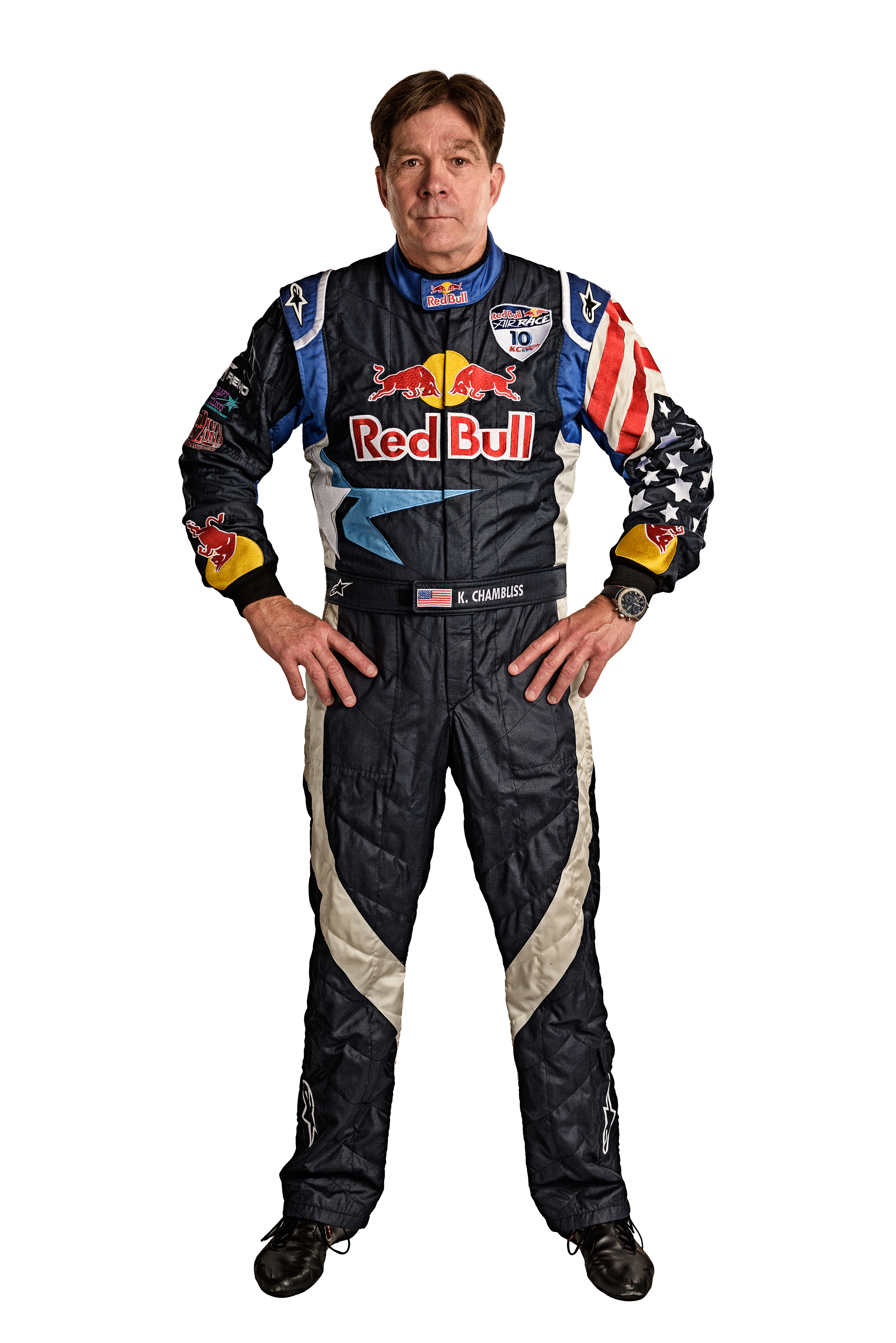
“The first trick is how to translate the data, but the most important trick is how to communicate the conclusions of your data analysis to your pilot without a big impact on his psychology side,” Iscold said. Experience, he added, is “on my side,” and Chambliss makes that part of the job relatively easy.
“His psychology side is good,” Iscold said. “He doesn’t feel the pressure.”
Still, Iscold is choosy about what he tells his pilot, and which mistakes or small deviations he points out, and which he skips. In the past two years, Iscold noted, Chambliss has made fewer mistakes. He has also resumed winning races, and both U.S. teams expect to contend this year. They are by now in Abu Dhabi, and fans will be able to watch qualifying Feb. 3 at 8:30 p.m. Eastern on NBC Sports Network. A Red Bull webcast will cover the race day action Feb. 4, and anyone who would prefer to watch the big football game being played around the same time can opt to watch the livestream later.
AOPA is once again working with Red Bull to help create a richer fan experience for AOPA members, and announcements will be made later this year on AOPA activities around the Indianapolis Motor Speedway race Oct. 6 and 7, the only U.S. race on the 2018 calendar. Check AOPA’s Red Bull Air Race webpage for updated information in the months to come.
The pilots will be rested, ready, and reasonably well-fed, though Branco said that a team dinner following a successful first test of the freshly modified No. 99 provided another occasion for mirth when Goulian ordered a dessert, prompting cries of mock dismay from his teammates.
“Especially if you’re hanging around with the Goulian team, you have to have a sense of humor,” Branco said.


